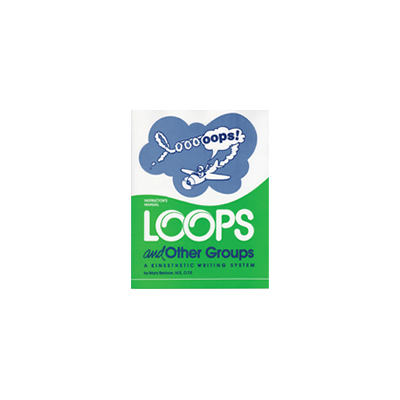Mary D. Benbow, MS, OTR/L
Overview:Helps students with learning disabilities and perceptual delays learn cursive writing
Use movement patterns to teach cursive writing—imaginative approach makes learning fun
Help your 2nd grade through high school students with learning disabilities and perceptual delays learn cursive writing—along with their nondisabled peers in a typical mainstreamed classroom.
Letters are taught in groups that share common movement patterns. For example, a, d, g, q, and ccan be visualized on a clock face, and are called “Clock Climbers.”
Easy-to-remember motor and memory cues help students visualize and verbalize while experiencing the “feel” of the letter.
Most students can learn formations of all lower-case letters in just six weeks! Groups include—
- Clock Climbers—a, d, g, q, c
- Kite Strings—i, u, w, t, j, p, r, s, o
- Loop Group—h, k, b, f, l, e
- Hills and Valleys—n, m, v, y, x, z
After your students have mastered the lower-case letters, introduce them to capital letters. Groups include—
- Slim 7 Group—P, R, B, H, K
- Umbrella Tops and Eggs—C, E, A, O, Q
- High Hills and Deep Valleys—N, M, U, V, Y
You’ll have two levels of reproducible practice sheets. Use Level 1 to teach all students during the first year of handwriting instruction. Level 2 helps students review lower-case letters and focus on the practice of capital letters. Level 1 uses 1/2″ divided line paper and Level 2 uses 3/8″ divided lines.





